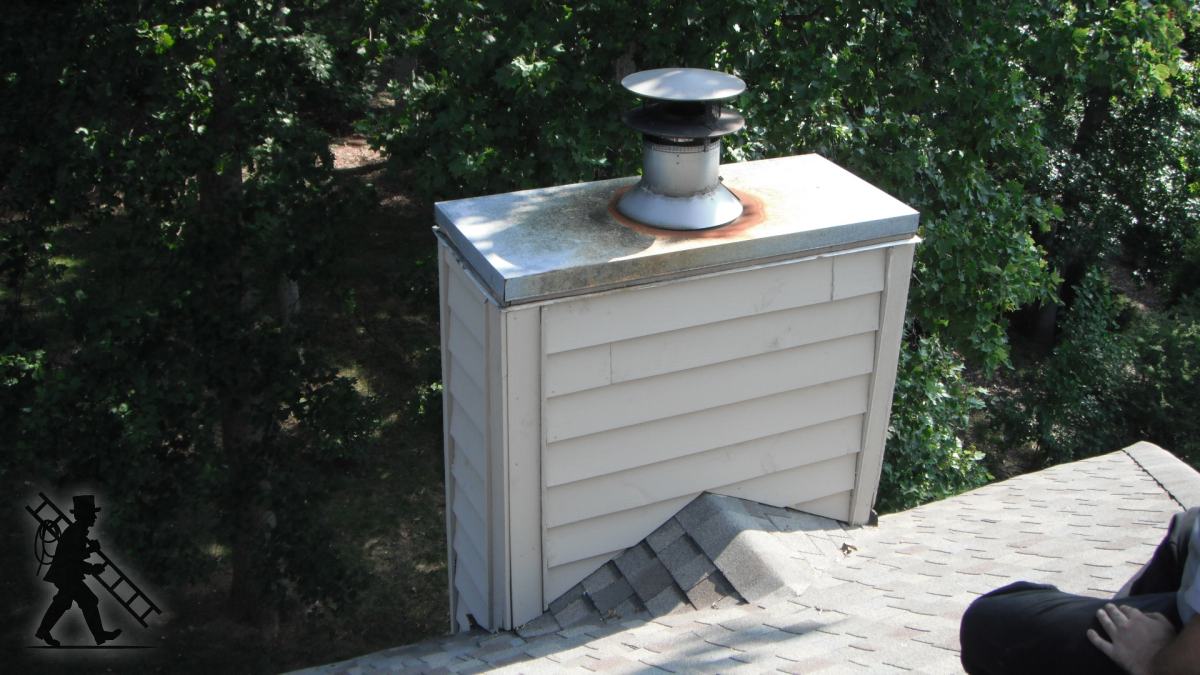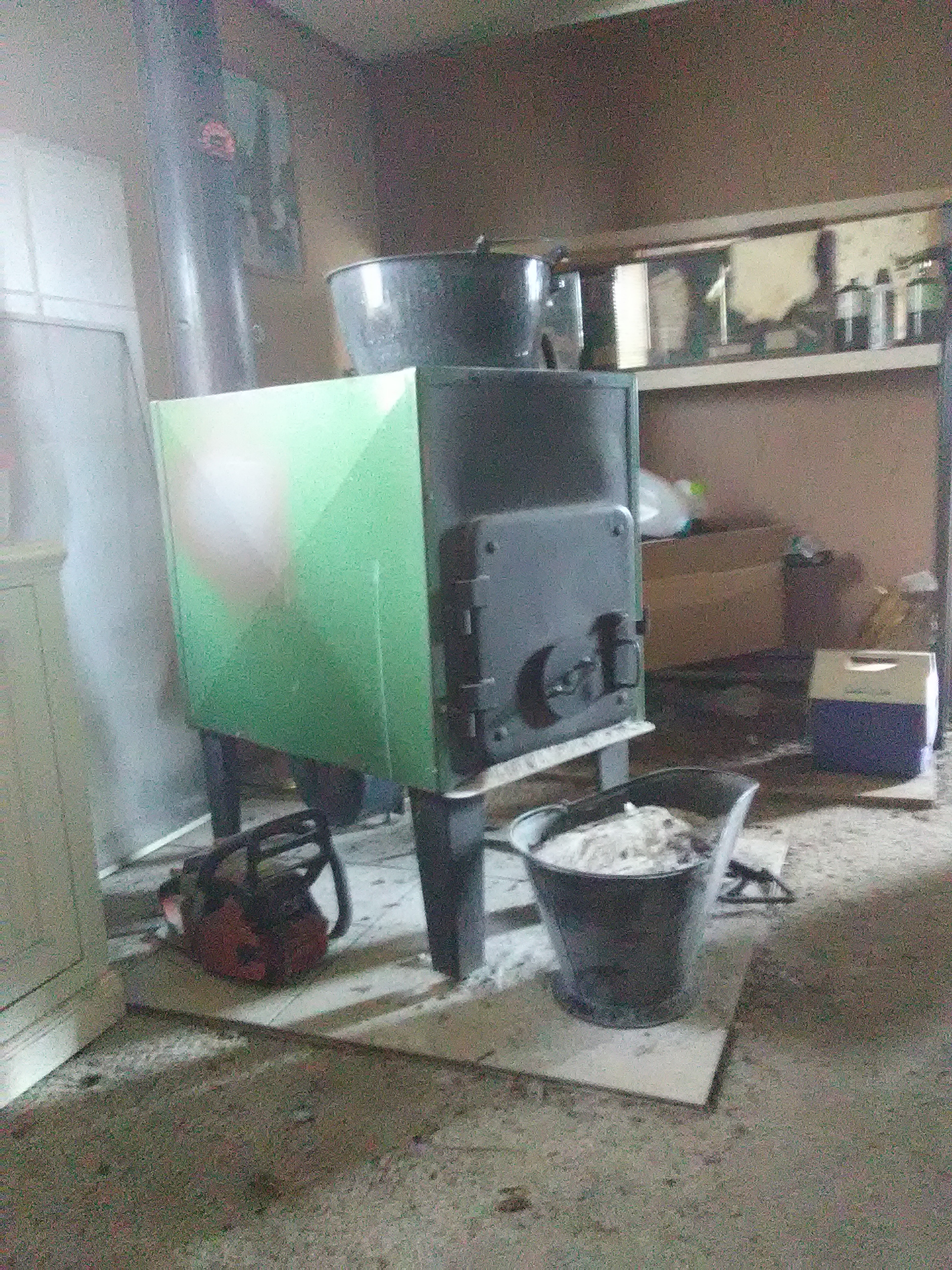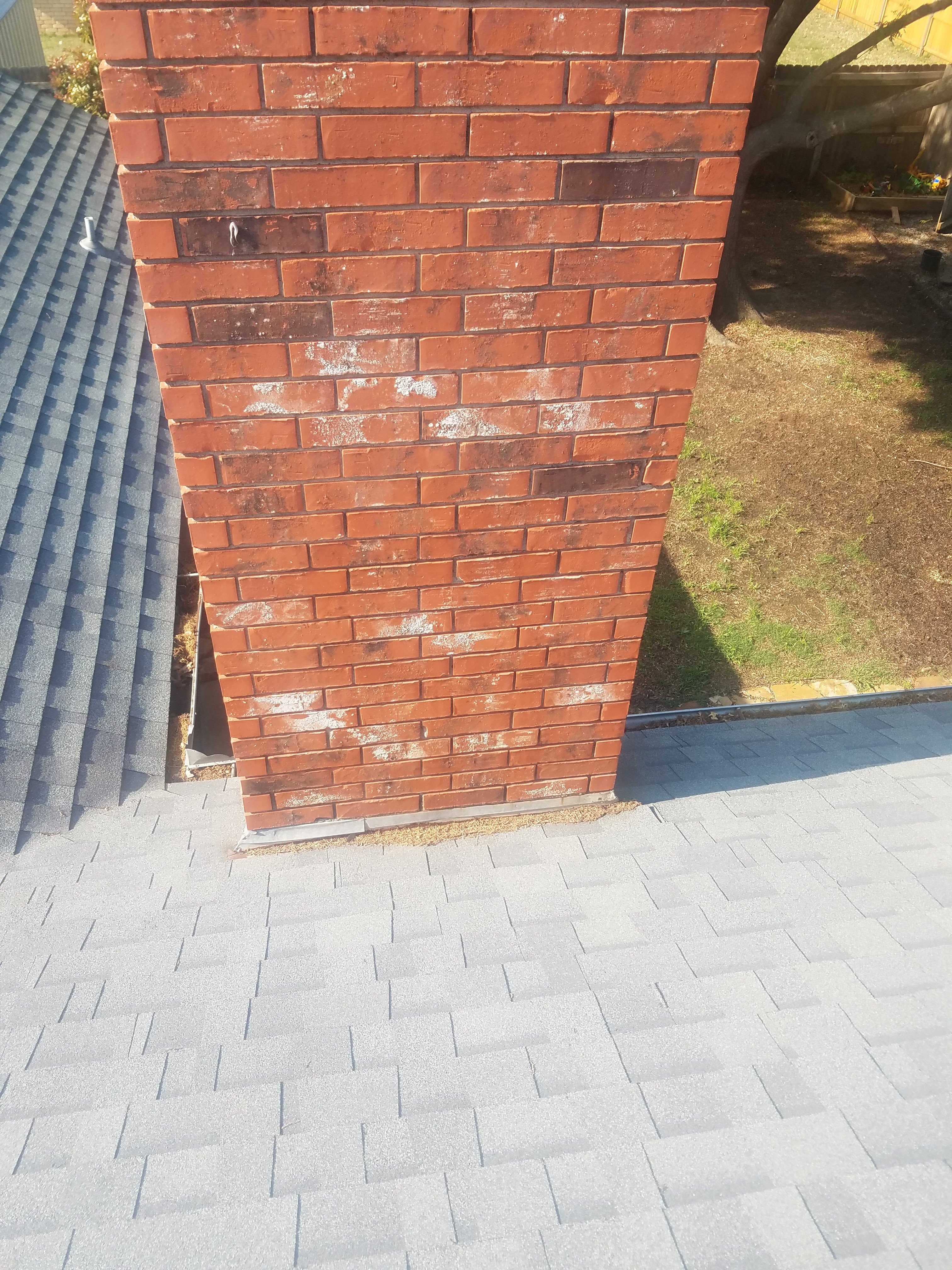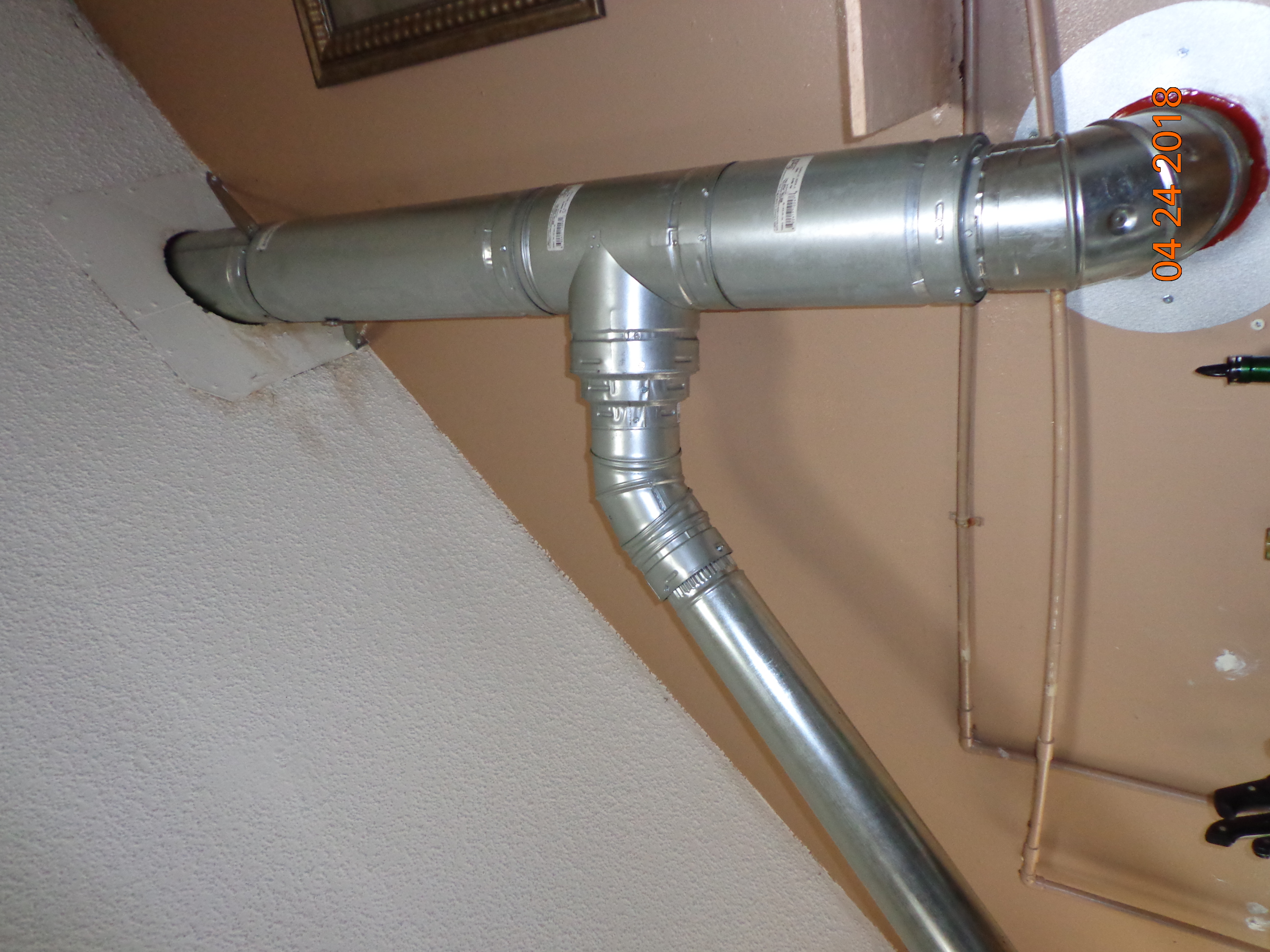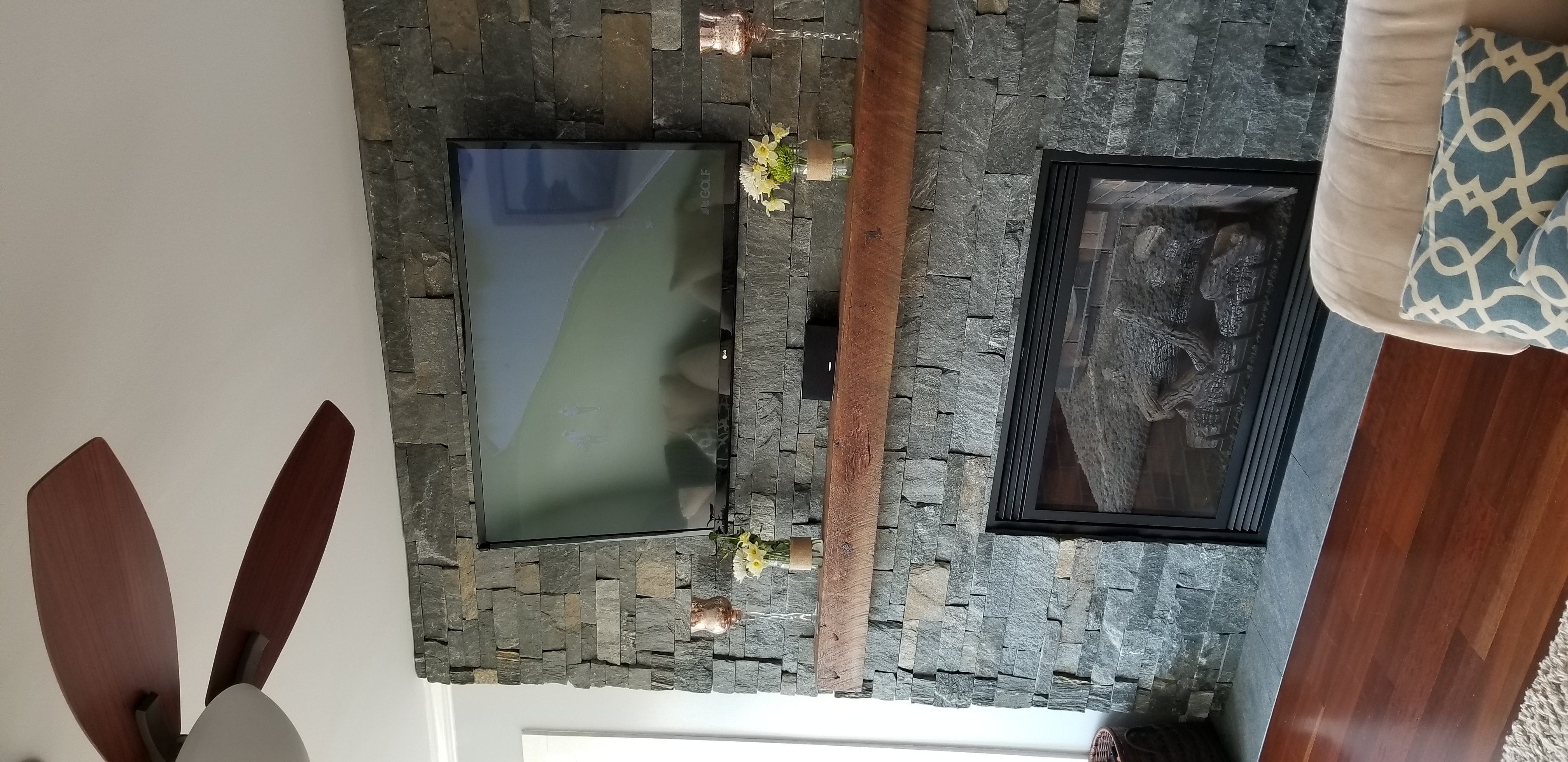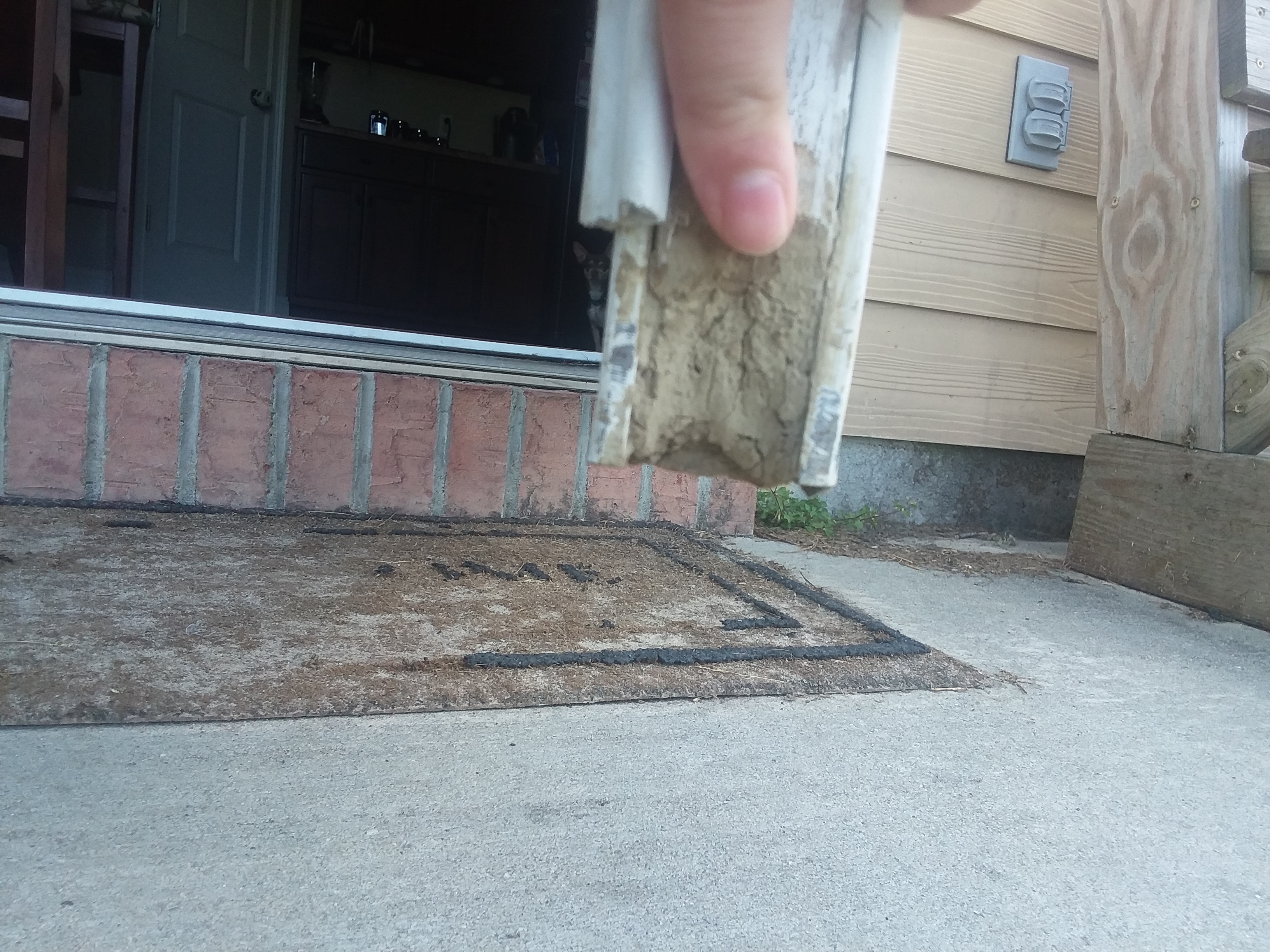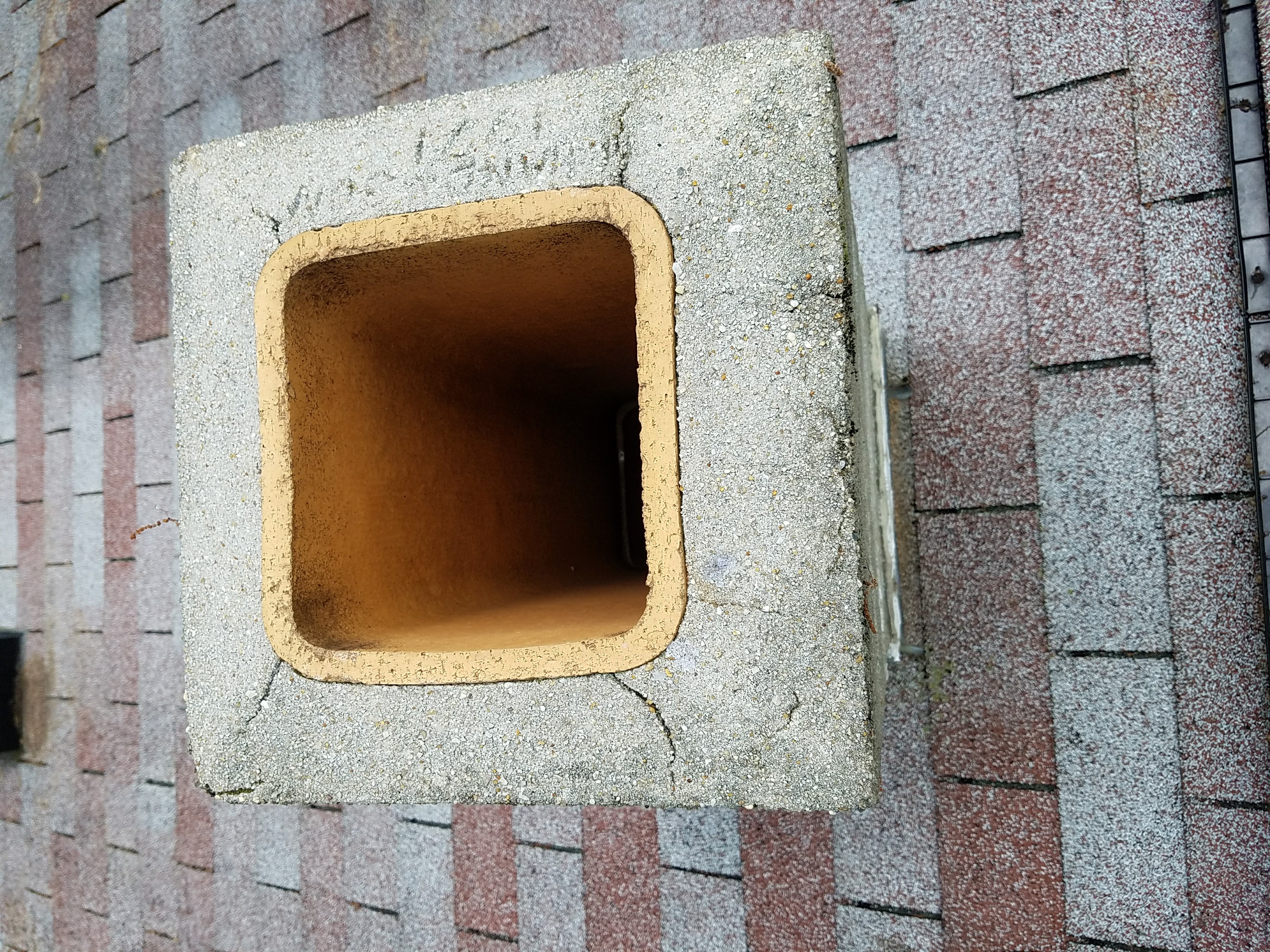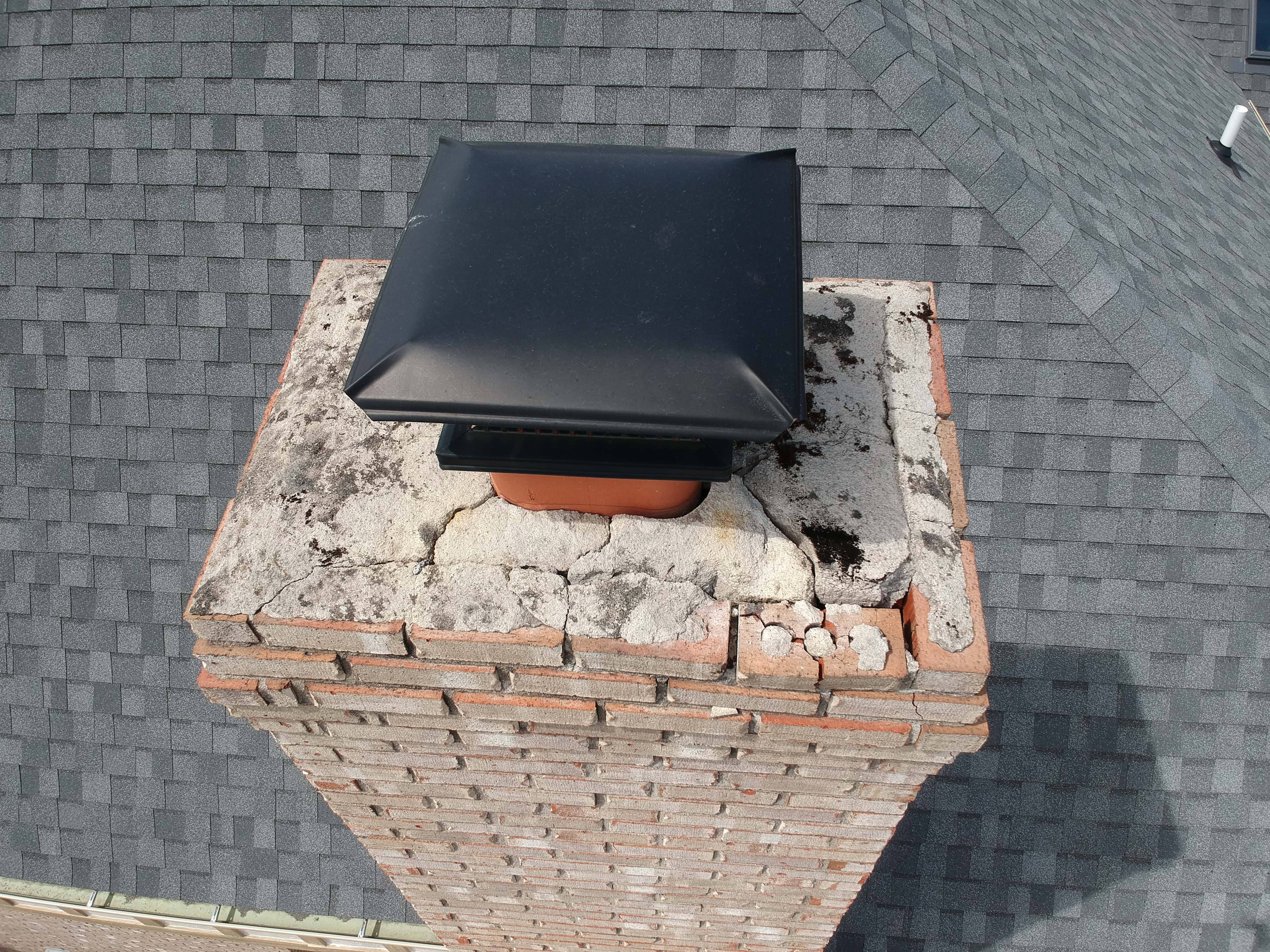Fires play a major role in US deaths and injuries. More than 400,000 Home fires occurred in the US in 2008 causing more than 2,700 deaths and 13,500 injuries, some by lightening strikes, some by faulty wiring and others by furnace or heater malfunctions, where adults over 75 years of age are 3 times more likely to die in a fire.
Efflorescence is a mineral deposit that can be an indication of past moisture intrusion. Efflorescence may lead to future structural damage and indoor air quality issues. Efflorescence can be removed by using pressurized water or by simply using a hard wire brush to scrub the mineral deposit off. Removal and observation of efflorescence prone areas are recommended.
Article: Fireplace Fuel
Fireplaces and wood stoved are meant to burn clean dry wood only. Painted wood, pressure treated wood, rotted or moldy wood, plywood and trash should never be burned in a fireplace or wood burning stove. Burning these types of materials could result in bad air indoor air quality that can be harmful or even fatal if breathed. Dried cut firewood, pallets and fallen tree limbs are all okay to burn in a fireplace or wood burning stove if they’ve all had adequate time to dry.
Swap cooler vent shows signs of water intrusion. From the roof you can see the cooler is improperly installed. The cooler needs the set level on a stand with the correct duct work. and also needs proper wiring to the unit.
In this image you will see a chase cover that has an excessive amount of rust. This defect will lead to moisture penetration into the chase and further damage to the structure. It needs to be replaced by a qualified professional.
The presence of smoke damage above the lintel and on the mantle of this fireplace was caused either by improper use of the damper, a defective or an inoperable damper. Due to the limitations of the photo, I can not give further evaluation, but expect the later and would recommend repairs by a qualified professional based on that assumption.
When inspecting an unfinished attic I’m looking for, knob and tube, water intrusion, broke truss or I’m proper install of ridge support. look for insulation type and thickness. check all penetration like chimney and plumbing vents, look for proper roof venting for circulation.
Here is an image of a free standing wood stove in a rural home that has multiple issues. Several burns in the carpet are a result of loose embers or coals escaping when the door is open and only 8 inches was measured from the tile platform to the carpet in relation to the door opening. also there is a chainsaw stored right next to the stove that still contained gasoline inside. Also on the other side are combustibles which are plastic and cardboard. Ashes were cleaned from the stove but not properly disposed of.
I read the article on fire extinguishers and maintenance inspections. Many people may think that all fires are extinguished with water or be unfamiliar with the types of extinguishers however it is important to know the types and classes of fire because of the possible chemical reactions as well as electrical conductivity potentials for example water win a class b or d can actually spread flames and can act as a conductor in class c. Proper maintenance and inspections are essential to the safety in a commercial or residential setting.
This chimney is over thirty inches long running parallel to the ridgeline. This would require a cricket, which is not present. Debris should be swept away from the flashing and off of the roof. There also appears to be efflorescence on the brick.
Since chimney collapse can result in serious injury or death, its very important that they be inspected periodically for structural issues. Collapsing chimneys can demolish everything underneath and fall right in to the living space. Precautions should be taken to ensure the safety of all occupants.
Photo taken of a B-vent which is connected to a gas fired heating system with the hot water heater vent intersecting the stove pipe. There is significant water damage where the stove pipe goes through the ceilings roof. I would recommend that a professional roof contractor inspect the damage, as well as a framing contractor to look for structural damage.
This is a Picture of a Direct vent fireplace. There were no major concerns at the time of inspection. The fireplace was remote controlled and operated under normal conditions. The inside of the glass showed some small signs of dirt.
In the photo that I chose. I learned that there are many different types of beams or floor truss. Laminated veneer which is more commonly used for beams. Solid wood, wood truss, wood I beam, metal truss, and parallel strand.
I observed water damage on the rear exterior door. The corner of the door has been rotted away and inadequately repaired with the use of a wood filler as seen in the attached photo. This is a minor defect, recommend repair or replacement.
With chimneys being one of the heaviest and most vulnerable exterior components of a building, it is no wonder that its collapse can be extremely dangerous and costly. Therefore, regular maintenance and inspections are recommended to help prevent accidents and/or damage.
This chimney has a common “wash cap”, there are a couple of deficiencies here. The chimney liner does not extend 4" above the cap, the cap is cracked, there is no overhang to allow for water to run off and it is missing a recommended rain cap. These conditions will cause accelerated deterioration of the chimney, allowing for the possibility of combustion gasses to enter the living space as well as reducing the life of the chimney.
There are many aspects to inspecting chimneys, problems with the chimney can cause problems with other parts of the home. Improper flashings can cause structural damage and rot, damage to interior finished surfaces, deteriorated liners and damaged liner joints can cause combustion gasses to enter the living space. The chimney is often the heaviest component of a home and identifying structural defects can help to prevent further damage to the home, persons, and surroundings.
This chimney shows damage to the mortar cap as well as loose bricks. This damage can allow water to penetrate the chimney and cause further damage to the system and the home.I would recommend a the chimney be inspected by a professional and repair work completed to secure the bricks as well as the mortar cap.
The article “Hearths and hearth extensions” describes what a hearth and hearth extension is and what an inspector should look for. A hearth is the floor area inside a fireplace and the hearth extension is the area in front and to the sides of a fireplace. They are both made from noncombustible materials and their purpose is to keep sparks from leaving the fireplace and coming into contact with other combustible materials.According to the standards of practice, an inspector should look to see that the hearth extension is at least 2 inches thick and extends at least 16 inches in front and 8 inches to the sides of the fireplace opening. If the fireplace opening is greater than 6 square feet, these specifications should be increased to 20 inches in front and 12 inches to the sides.


